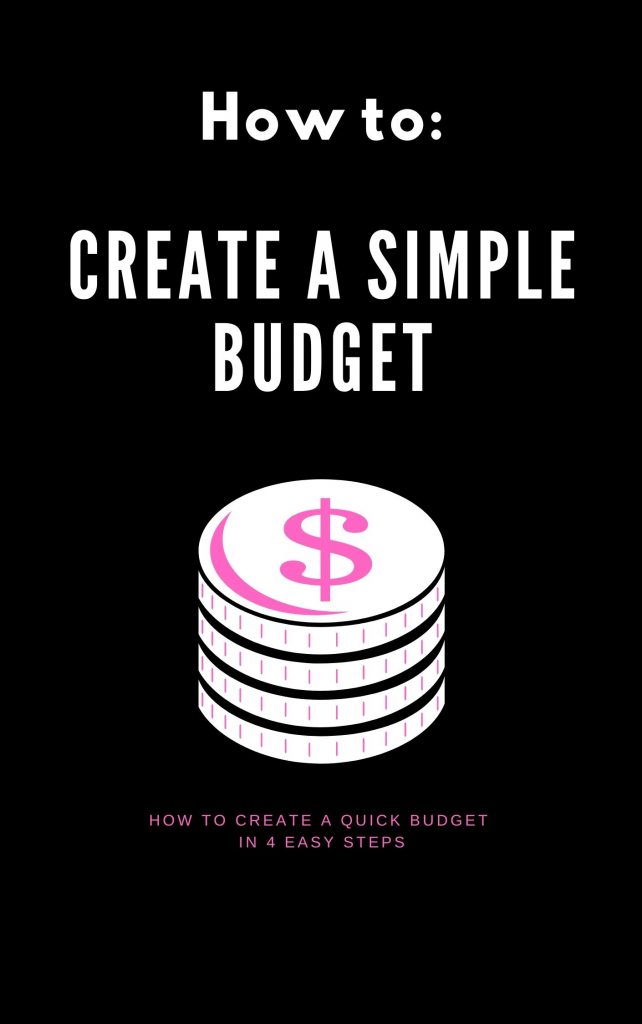How to Create a Simple Budget
Budgeting doesn’t have to be a difficult process.
 Money management is a huge concern for many people. Whether they are struggling to pay their bills or worrying about the future, more and more people think about creating a budget to help control their personal finances. However, budgeting seems like a complicated task, involving a lot of math and time, and therefore it scares people. What they don’t know is that it is fairly easy to make a simple budget plan by looking at a monthly income and expenses.
Money management is a huge concern for many people. Whether they are struggling to pay their bills or worrying about the future, more and more people think about creating a budget to help control their personal finances. However, budgeting seems like a complicated task, involving a lot of math and time, and therefore it scares people. What they don’t know is that it is fairly easy to make a simple budget plan by looking at a monthly income and expenses.
Gather Financial Statements to Make a Simple Budget Plan
The first thing to do when creating a budget is to gather all financial statements from the previous month or two months. This includes everything from bank statements to bills to investments. Anything that deals with money coming in or going out should be included.
Email Me This Recipe!
Need to save time? Have this article emailed straight to your inbox + sign up for all the latest recipes!
List Sources of Income for Your Budget
Make a list of all sources of income and the amount received in the previous month. When listing money from a paycheck, be sure to use the take-home pay as the income, not the amount before taxes, insurance, social security, and 401k contributions. Any other monthly sources of income should also be listed, such as alimony, child support, or anything else received each month.
List Monthly Expenses in the Budget Plan
Next, list all expenses for the previous month. Anything that was purchased or paid for should be included. It would be helpful to look at bank statements to make this list.
When listing expenses, put them into two categories: fixed and variable. Fixed expenses are expenses that do not change. For example:
- Mortgage or rent
- Car payments
- Auto insurance
- Cable/internet bill
- Credit card payments
Variable expenses are different each month. They include:
- Groceries
- Gas
- Entertainment
- Gifts
- Clothing
Compare Total Income vs. Total Expenses to Aid in Money Management
The next thing to do is add up the monthly income and monthly expenses and compare them. The goal is to have a total income equal to the total expenses. If the income is higher than the expenses, consider putting the extra money where it is needed. Pay more on credit cards and other debt. Put the extra money into a savings account or retirement plan.
If the expenses are higher than the income, some adjustments are needed. Look at the list of variable expenses and figure out what can be cut back. Perhaps new clothes are bought every week. Is that really necessary? Perhaps planning meals or buying in bulk can reduce the grocery bill. Remember, the goal is to have a total income match the total expenses.
Once someone sees where they are spending their money, it is easy to make the right choices. They realize where they are extravagant and what areas of their personal finances are suffering as a result. A simple budget plan is not a difficult task and can help anyone with his or her money management problems.
More money staving tips for when you are at Target!
